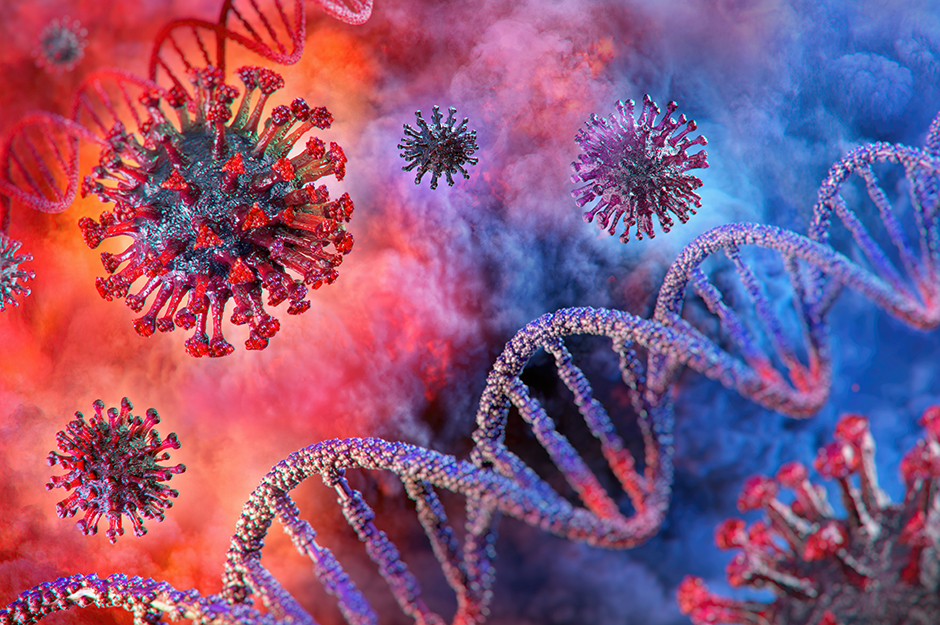Exploring, examining, and learning about the complex nature of viruses as biological entities—all during a global pandemic—are at the essence of a new Biology Department course that attracted 17 students this spring.
“The Biology of Viruses is not your typical virology course,” said assistant professor Cynthia Silveira. “The course goes beyond studying viruses as mere pathogens. Viruses are integral parts of ecosystems and organisms. In this course, we are studying their molecular biology, their ecology, and how their interactions with cellular organisms shape the evolution of life itself.”
The COVID-19 pandemic is certainly a major topic in the course, which was developed before the novel coronavirus emerged, but altered to address some concerns and inquisitions about the SARS-CoV-2 pathogen.
“This course has definitely given me a new perspective on viruses,” said senior Aloki Patel, who is majoring in biology and criminology, with minors in chemistry and exercise physiology. “Especially during these unprecedented times, I think this course is extremely relevant and provides thorough information of studying viruses as ‘biological entities.’ It has definitely influenced my view of how viruses interact with humans and other animals because they are a fast-evolving species.”
The coronavirus pandemic serves as an interesting and active case study for the students to recognize and analyze a viral phenomenon, and how it may affect humans—not only as plagues but also as fundamental components of biology, with important and often beneficial roles in human life.
“Perhaps the most surprising thing that students learn is that a large fraction of the human genome is actually composed of viruses that integrated in the genomes of our ancestors,” Silveira said. “Some of these viral genomes gave origin to genes that form the placenta and genes that participate in memory storage.”
Silveira is ensuring students take an active role in learning about viruses by providing them with a multitude of tools and research methods to understand their multifaceted nature. At the start of the semester, students were given a genome in the form of a digital file, and every week they learn a different bioinformatic tool about that genome. The goal is for students to develop different methods and approaches to navigate, process, and understand the information and eventually reach their own conclusions about the genome they studied.
“Having a background on how viruses work, and the structure of viruses will provide me with much-needed insight to understand diseases as I prepare for my master’s degree in public health,’’ said Alexandrea Masocco, a senior who is double majoring in biology and religion in health care. “It’s really great that the University is offering this class, especially during a pandemic. The more we understand viruses, the more knowledge we can apply to current medical diseases and treatments.”

